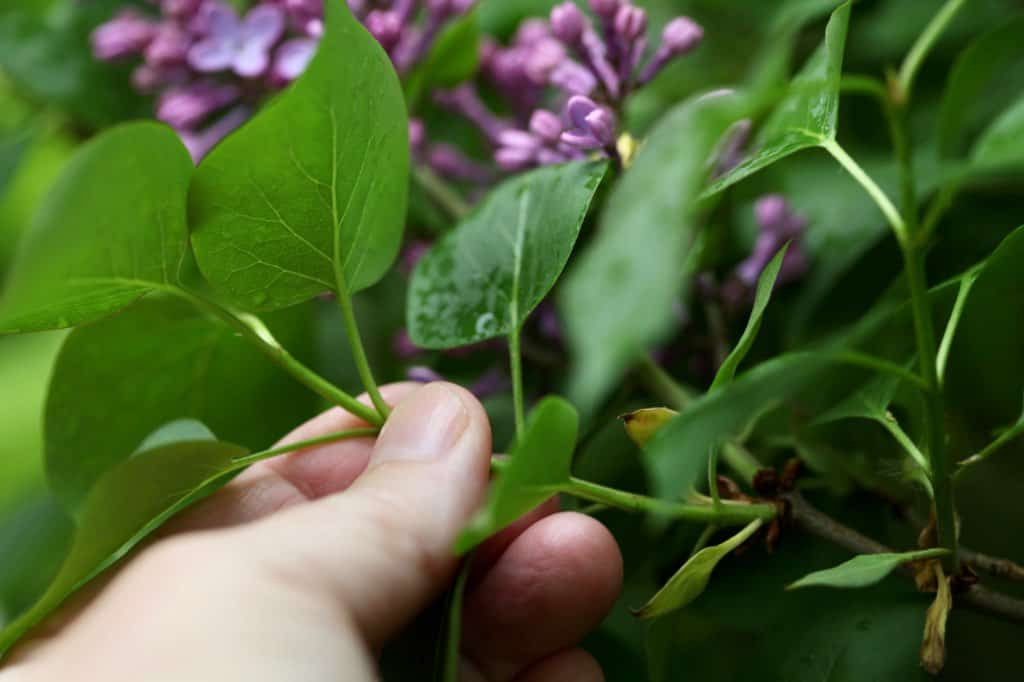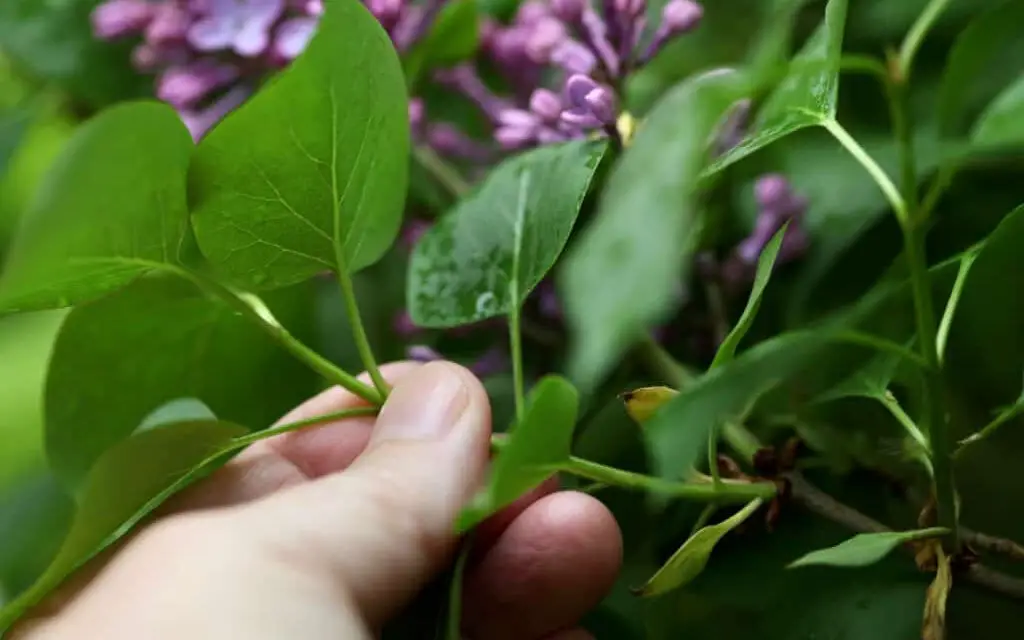Lilacs (Syringa) are prized for their stunning blooms, enchanting fragrance, and their ability to attract butterflies and bees to the garden. While growing lilacs from seeds can be a lengthy process, propagating them from cuttings is a faster and reliable method to establish new plants. In this comprehensive guide, we will walk you through the step-by-step process of growing lilacs from cuttings, enabling you to enjoy these beautiful shrubs in your garden or landscape.

Choosing the Right Time
The best time to take lilac cuttings is in early summer, typically June or July, when the shrub is in its active growth phase. During this time, the plant's tissues are more conducive to rooting, increasing the chances of successful propagation.
Selecting the Right Tools and Materials
To ensure success, gather the following tools and materials before you start:
- Pruning shears or a sharp and sterilized knife
- Rooting hormone (optional but recommended)
- Clean pots or containers
- Well-draining potting mix
- Clear plastic bags or propagation dome
- Watering can or spray bottle
Growing Lilacs From Cuttings

Look for healthy, disease-free stems on the parent lilac plant. Choose young, non-flowering shoots that are approximately 4-6 inches in length. The selected cuttings should be firm and have several sets of leaves.
Taking and Preparing the Cuttings: Using the pruning shears or sharp knife, take cuttings just below a node (where the leaf joins the stem). Remove any flowers or buds, as they divert energy from root development. Trim the cutting just below a set of leaves and remove the lower leaves, leaving only the top few sets intact.
Applying Rooting Hormone (Optional): While not essential, applying rooting hormone to the cut end of the stem can enhance the rooting process. Dip the cut end into the rooting hormone powder or liquid, ensuring good coverage.
Preparing the Containers and Potting Mix: Fill the pots or containers with a well-draining potting mix. Moisten the soil slightly before planting the cuttings, as it helps promote root development. Make holes in the soil with a pencil or your finger, creating a suitable place to insert the cuttings.
Planting the Cuttings: Place the cut end of the lilac cutting into the prepared hole, ensuring that at least two sets of leaves are above the soil line. Firmly press the soil around the cutting to eliminate air pockets.
Providing Ideal Growing Conditions: After planting the cuttings, it's crucial to create a favorable environment for root development. Place the pots in a location with bright, indirect sunlight. Avoid direct sunlight, as it may scorch the tender cuttings. Maintain a temperature of around 70-75°F (21-24°C) for optimal growth.
Ensuring Proper Moisture Levels: Keep the potting mix slightly moist but not overly saturated. Overwatering can lead to rotting, while underwatering can cause the cuttings to wither. Mist the cuttings regularly with a spray bottle to maintain humidity levels and prevent dehydration.
Encouraging Root Development: To promote root growth, cover the cuttings with clear plastic bags or use a propagation dome to create a mini greenhouse effect. This helps retain moisture and increase humidity around the cuttings. However, ensure there is some airflow to prevent the growth of mold or fungus.
Monitoring and Patience: Monitor the cuttings regularly for signs of growth and root development. This process can take several weeks or even months, so be patient. Gently tug the cuttings after a few weeks to check for resistance, indicating the development of roots. Once you feel resistance, it is a sign that the roots have formed and the cuttings are ready for the next step.
Transplanting the Rooted Cuttings: Once the cuttings have developed a healthy root system, it's time to transplant them into larger pots or directly into the garden. Choose a well-draining soil mix for planting, ensuring that the location provides ample sunlight and enough space for the lilacs to grow.
Caring for Established Lilac Plants: After transplanting, continue to provide regular watering to keep the soil evenly moist. As the plants grow, you can gradually reduce the frequency of watering, allowing the soil to dry out slightly between waterings. Fertilize the lilacs with a balanced fertilizer in early spring to encourage healthy growth and abundant blooms.
Pruning and Shaping Lilacs: Pruning is essential for maintaining the shape and vigor of lilacs. Once the plants are well established, prune them during the dormant season, usually in late winter or early spring. Remove any dead, damaged, or crossing branches to improve airflow and overall plant health. Additionally, selectively prune to encourage new growth and abundant flowering.
Protecting Lilacs from Pests and Diseases: Lilacs are relatively resistant to pests and diseases, but they can occasionally face challenges. Regularly inspect the plants for common issues like aphids, powdery mildew, or leaf blight. If detected, treat them promptly with appropriate organic or chemical controls to prevent further damage.
Growing lilacs from cuttings is a rewarding and efficient way to propagate these beautiful shrubs. By following the steps outlined in this comprehensive guide, you can successfully cultivate lilacs and enjoy their captivating fragrance and stunning blooms in your garden or landscape. Remember to be patient, as it may take some time for the cuttings to root and establish. With proper care and attention, your lilacs will flourish, adding charm and elegance to your outdoor space for years to come. Happy gardening!



















